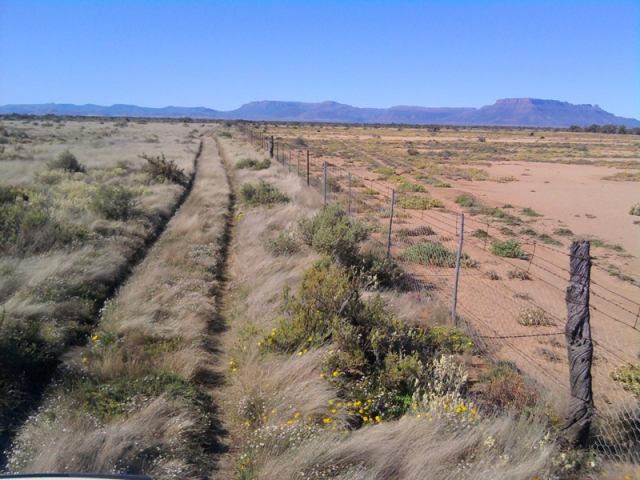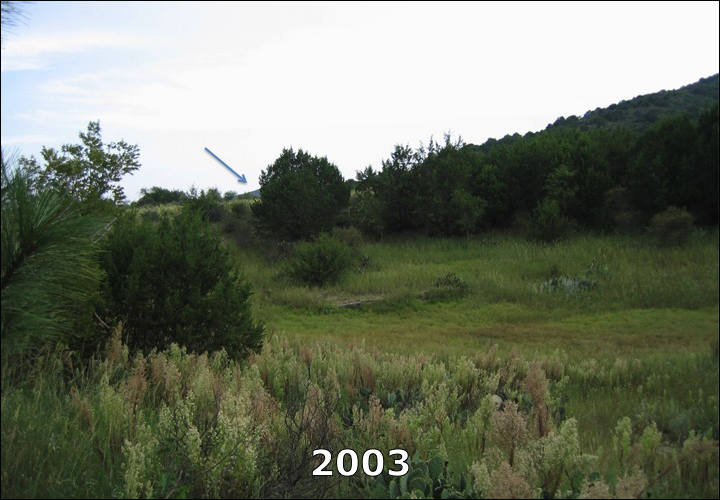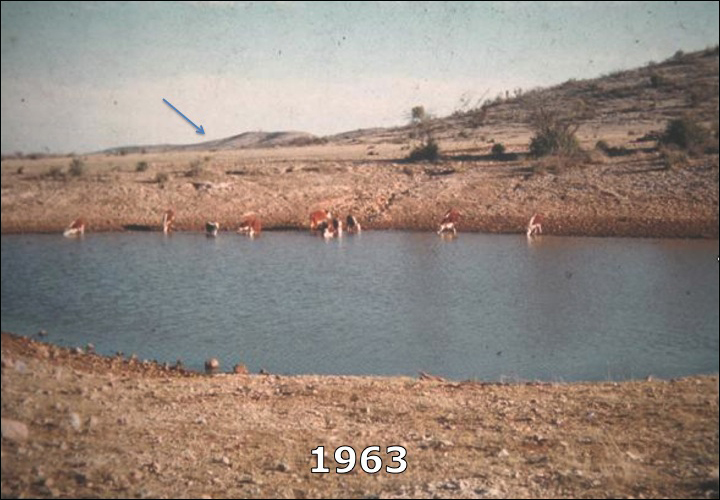Ruminants and methane: Not the fault of the animals
Author: Alan Broughton
Cattle and sheep are blamed for contributing to greenhouse gases, belching out methane, and farmers in the future are likely to be taxed because of it.
The recent Green Left Weekly climate change liftout [issue #1078] calls for a drastic reduction in sheep and cattle numbers. There is a TV advertisement, urging people to “go vego to save the planet”. This is a gross misunderstanding of the ruminant carbon cycle.
Ruminants have always emitted methane; it is not something new. Huge herds of wild buffalo, cattle, goats, sheep, deer, cameloids and wildebeest have grazed the grasslands of the world for millions of years. The American prairies once supported greater numbers of bison than they now do cattle, despite the intensive corn and soy production that feeds them.
Methane emissions from wild ruminants was never a problem because nature does not permit waste — the methane was used as food for methanotrophic bacteria in the soil and neutralised. It was never a problem until agricultural practices started destroying these methanotrophic bacteria, which are very sensitive to chemical fertilisers and herbicides. These bacteria reactivate in biologically managed soil.
However, methane is not the whole picture. When the contribution of livestock to soil carbon sequestration is taken into account it is easy to see that ruminants do not increase greenhouse gases if they are managed well.
Grassland soils are the greatest sequesters of carbon — greater than forests. In the top one metre of soils in temperate grasslands there is an average of 236 tonnes of carbon, compared to 96 in temperate forest soils and 80 in cropland.




